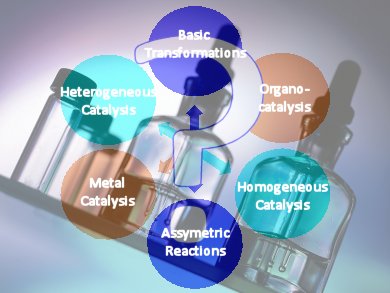Karl D. Collins and Frank Glorius, Westfälische Wilhelms-Universität Münster, Germany, recognized that while chemists publish lots of synthetic techniques often a specific research paper limits discussion to a single substrate for a reaction and mentions only in passing the extension of the technique to other closely related reagents. This often rather limits the utility of such papers to the wider community, except in the case of some widely adopted general, named reactions such as Diels-Alder, Sharpless, Wittig etc. The team has now devised a way to conceptualize a new reaction and to decide whether or not it would be more widely applicable under reaction conditions that deviate from the ideal ones reported in the original paper and whether it can then be used for a much more diverse range of substrates than initially reported.
The team suggests that the authors of the initial paper could report on the results of such an analysis and focus on the reactive part of the original substrate being investigated, the starting material being converted in a synthesis, in other words and include an assessment of how well the reaction works with different side chains on that reactive part under a range of conditions. They point out that straightforward gas chromatography would reveal whether a given range of groups was viable in the reaction and so provide organic synthetic chemists with an idea as to whether a given reaction will work for them in a step in their synthetic reaction thus opening up the toolbox to more reactions that could yet be named.
- A robustness screen for the rapid assessment of chemical reactions,
Karl D. Collins, Frank Glorius,
Nat. Chem. 2013.
DOI: 10.1038/nchem.1669




